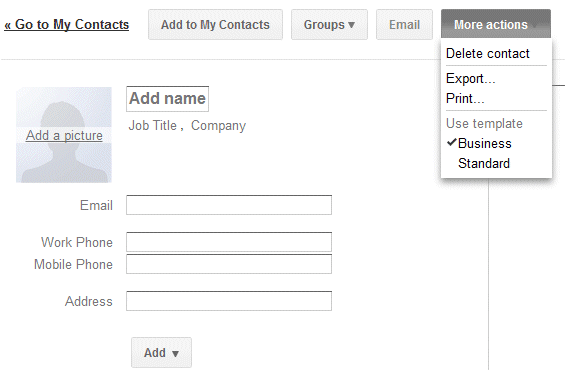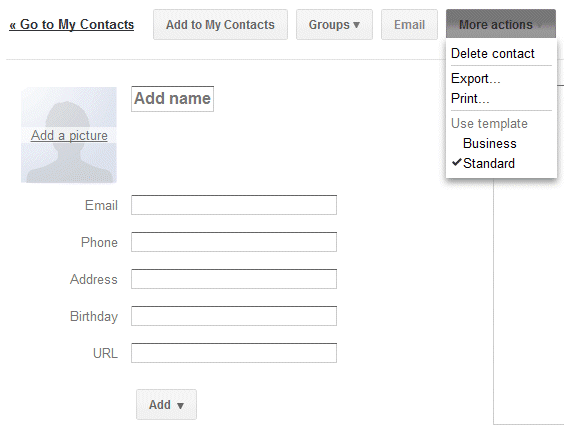It's hard to believe, but this monthly missive is now 13 years old. We hope you've enjoyed reading it over time, and wanted you to know that we are retiring it in its current form.
As you may know, the Google Friends Newsletter was created by Larry Page in April 1998, when Google was still on Stanford servers. In the early days, the Friends notes offered newsy details like "We are gearing up to do another crawl. We should start within a few weeks" and tips on tweaking your search queries.
Obviously a lot has happened since then, including changes in how we communicate updates to all of you. So this will be our last Google Friends Newsletter. We started the Official Google Blog in 2004 and joined Twitter in 2009, and we've seen dramatic growth on those channels. Meanwhile, the number of subscribers to this newsletter has remained flat, so we've concluded that this format is no longer the best way for us to get the word out about new Google products and services.
Google Friends started as an eGroups mailing list, then it became a Yahoo Group and was later moved to Google Groups. "We used the company eGroups to mass-mail our Google Friends newsletter to users, because Larry's brother, Carl, was one of eGroups founders. Larry had done the configuration for the original eGroups server himself, and for a while the company's computational heart has lived under his desk. The same week we announced our deal with Yahoo, Yahoo announced they were buying eGroups for $428 million (Yahoo has been very kind to the Page family)," remembers the former Google marketing director Douglas Edwards.
The early issues of the newsletter include a geek-friendly changelog of Google's search engine. You'll find about the long-gone operator flink: (forward links), the PageRank bar displayed next to each search result and Google's plans to "have a much bigger index than our current 24 million pages".
"After combining our web server and search engine for better performance, we have been experiencing intermittent problems with our system being down for short amounts of time fairly frequently. If you have trouble getting to the system, try back in a minute or two, and it should be back up." (July 1998)
This is a paragraph you'll never find in a Google blog post, Twitter message or a recent Google Friends issue.
{ Thanks, Tomi. }















